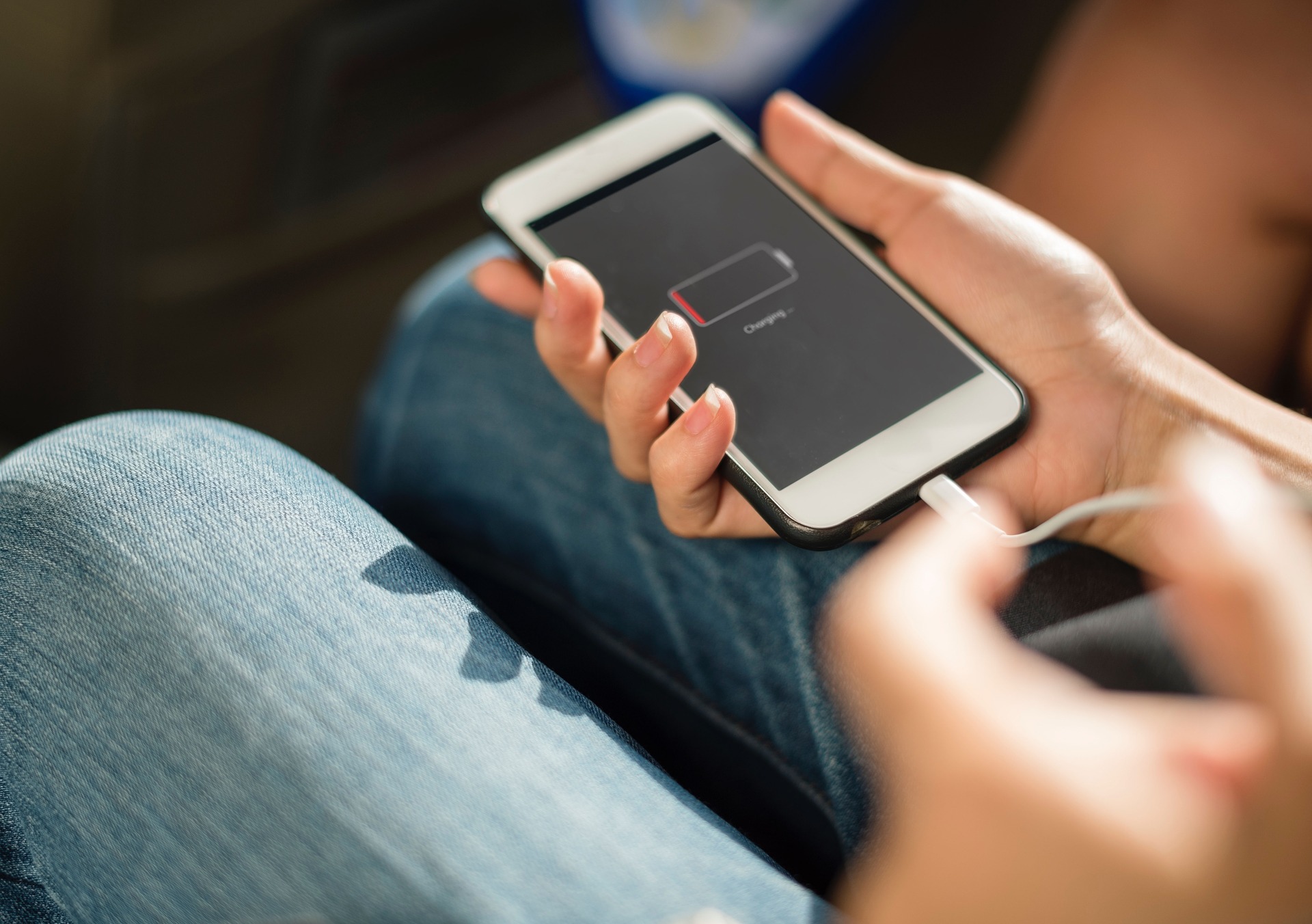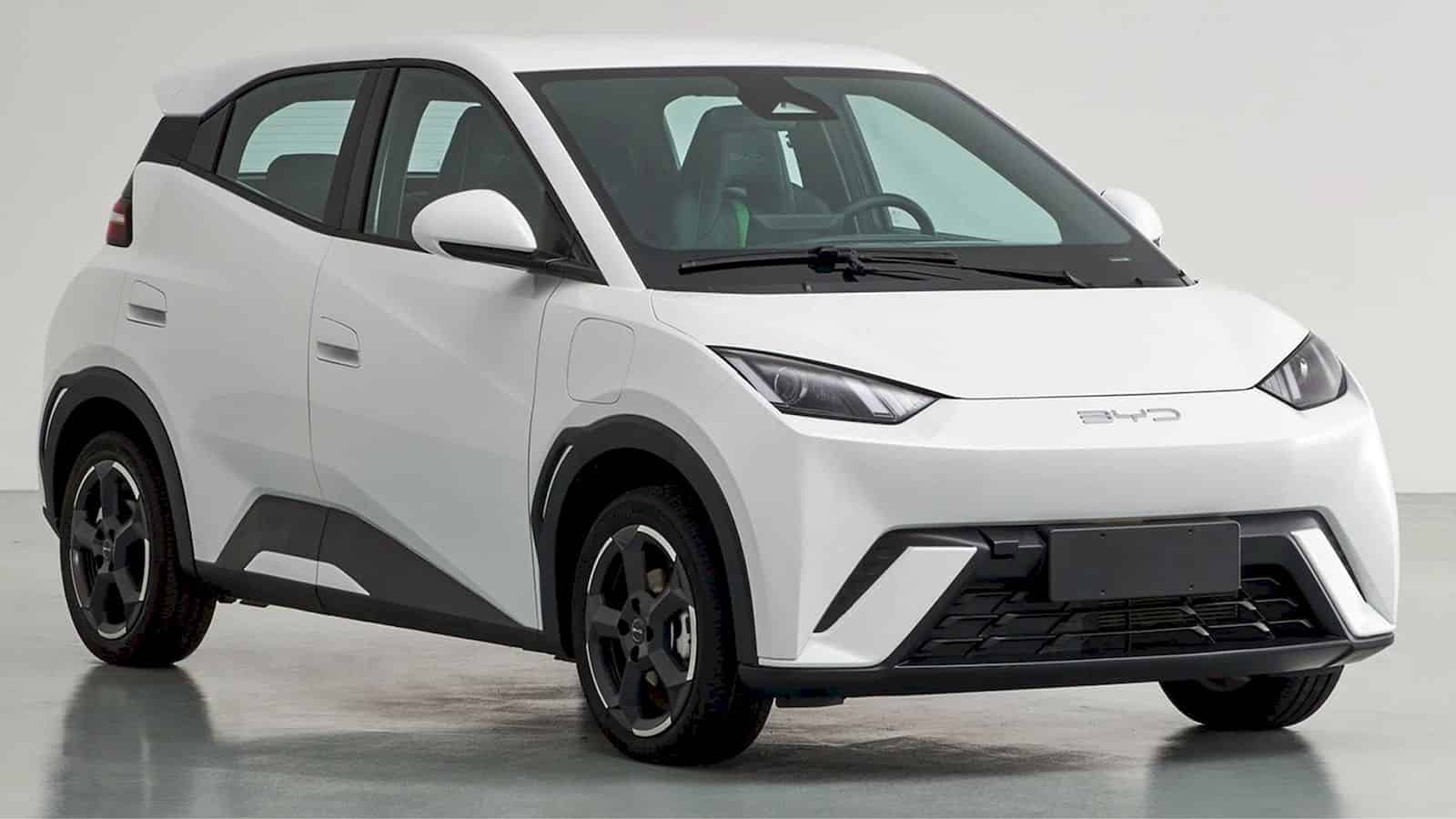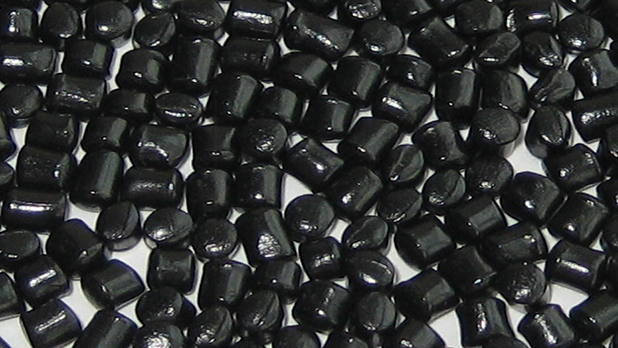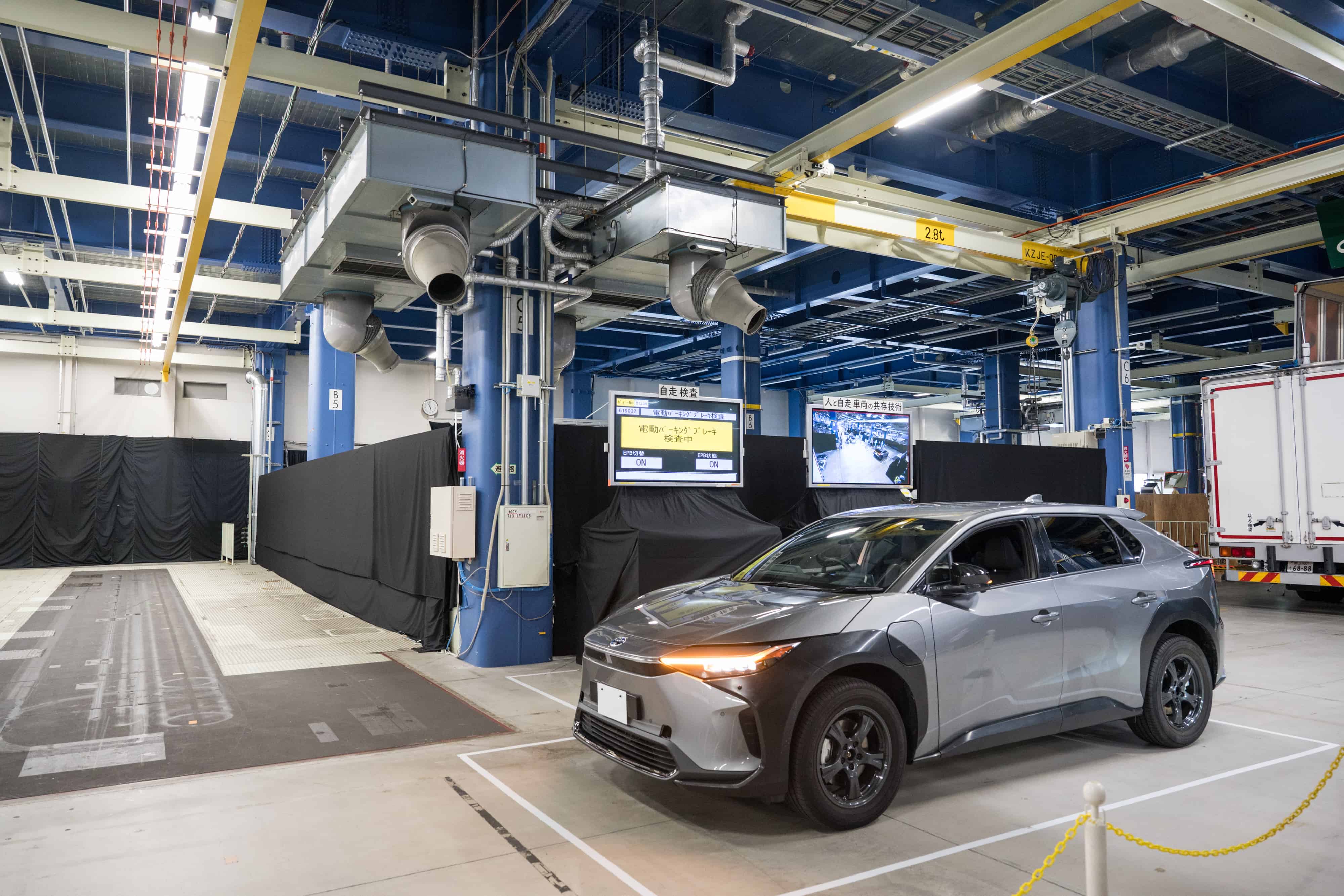
A telephone that lasts for weeks. An electric car that charges in minutes and can easily travel a thousand miles. And electric flights to your next vacation destination. Or what about structural batteries in cement or in the structural materials of aircraft?
Does this mean the end of the lithium-ion battery we use today? “Definitely not,” says former IO columnist and technology expert Jan Wouters. According to him, we only need to look at the substantial amounts of money that, for example, car manufacturers are spending on research and on improving existing batteries. According to him, there is still plenty of room for improvement; the lithium-ion battery is still a long way from being ready to be replaced. Here are three developments that we will be hearing more about in the near future.
1.The LFP battery
Lithium-ion batteries come in many different varieties. For example, most electric cars drive around with a battery containing a mixture of lithium, nickel, manganese and cobalt (NMC). But that may soon change. More and more battery manufacturers are switching to a mixture of lithium and iron phosphate (LFP).
After all, this variant lasts longer and loses capacity less quickly than the NMC variant. The latter loses about 20 percent of its capacity after 1,000 to 1,500 cycles, while its LFP counterpart has then lost a mere 2 to 3 percent. Also, an LFP mixture lasts longer and can handle between 2,500 to 9,000 charge cycles. While this research reveals that NMC batteries are already written off after 2000 to 2500 cycles.
One other advantage that this variant offers is that it produces less heat during operation and charging. In addition, LFP has a higher inflammation temperature. This makes these batteries more stable and safer than the existing standard.
Wouters: “Tesla has been using this battery in its cars since this year and the market is growing tremendously.“
2. The lithium-air battery
This battery enables lithium to react with oxygen to produce energy. The technology is still in its infancy, but potentially this new battery can store about three times more energy than current lithium-ion batteries. In some laboratory conditions, energy densities of nearly 1,000 Watt-hours per kilogram have already been achieved. Whereas the average energy density of lithium-ion batteries is around 300Wh/kg. In the Netherlands, the Delft University of Technology is conducting research into this.
But according to Wouters, we should nevertheless take such reports with a grain of salt: “You read about all sorts of breakthroughs. Claims about extremely high energy densities or fast recharging times are constantly in the news. These are all laboratory developments, often concerning a single battery component. Under ideal conditions in a laboratory, you can develop a battery with a very high energy density or tweak it for charging cycles. It is very difficult to estimate what will happen in the field. Actual practice is always a trade-off for this kind of laboratory development; you have to compromise on speed for safety’s sake, for instance. Moreover, these claims are made by companies that have an interest in them, they’ve also got to raise funding for new research.”
3.The solid-state battery
But this is something completely different, isn’t it? Solid state batteries are seen as relatively new batteries, but in fact work on the same principle as today’s lithium-ion batteries. In brief, only the electrolyte (the conductive substance that causes energy to flow from one pole to the other) is different. We know how these liquids are conductive, but solids such as ceramics are still relatively new in this field. This is why a lot of research is still being done into this.
The major advantage of this solid-state material is that these batteries are safer (because there is no flammable liquid) and, in theory, can store a lot more energy. Toyota promises to bring a prototype of this type of battery to the market as early as this year. According to the company, driving 1000 kilometers should be a breeze.
More to come?
For Wouters, it is difficult to estimate how much room for improvement there still is when it comes to the current technology. But he is convinced that there is still plenty of scope for improvement. “In the 1960s, we thought that the internal combustion engine had been developed to its full potential, but now you only have to look at how much more efficient and better these engines have become. Lithium-ion is still a relatively new technology in that respect. There really is definitely still room for improvement here. Just look at how much money is being poured into improving the existing technology,” he explains.
But from a physics perspective, there is a limit to the amount of energy that the current materials can store. For example, battery expert Erik Kelder from the Delft University of Technology expects this can be expanded another 1.5 times to at most twice as much. That is when the physical limit will actually be reached, he said in an earlier interview. Wouters only partly agrees. “If you work with known materials, you are admittedly faced with physical restrictions. You then think in a linear way and want to get everything you can out of the materials you use. If you start thinking exponentially, you try to get around those restrictions by using other materials, for example. That makes it possible to improve the existing batteries even more.”







